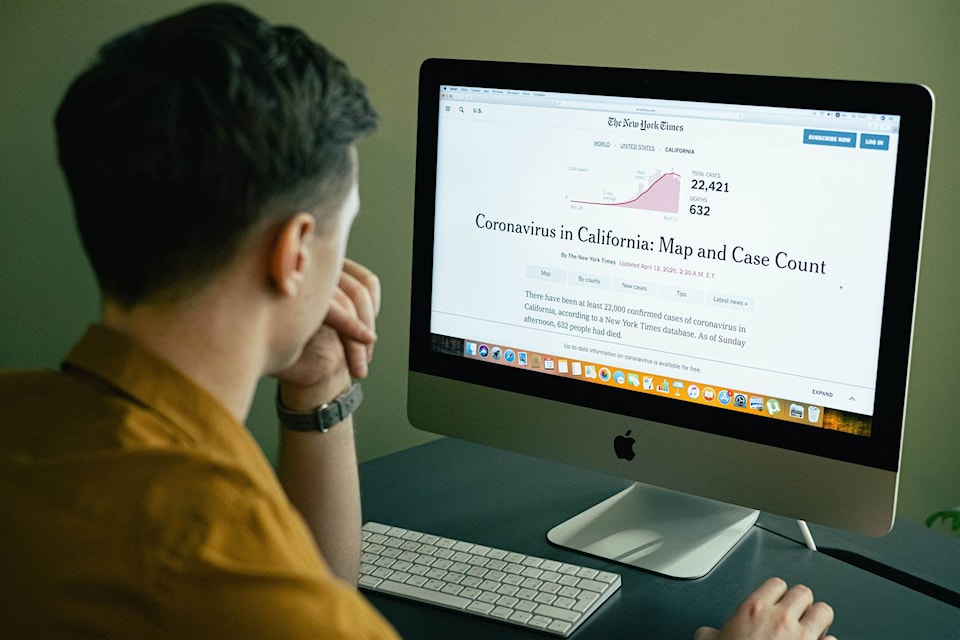by Avi Silberstein
If there’s one thing this pandemic has taught us, it’s how to bake. Flour and yeast shortages early on confirmed what our social media feeds were already telling us: when the going gets tough, the tough get baking. Sourdough loafs, trays of cookies, homemade pizza, you name it.
And not to get too agricultural here, but in order to get this all-important flour you need to grow your wheat, harvest it, and then separate the wheat from the chaff. This last step is a perfectly apt analogy for what librarians are trained to do.
More on that in just a moment.
First, let me alert you to a CBC article that was published recently, warning of the dangers of a “public health crisis” in Canada. That crisis? Nope, not COVID-19. But rather, misinformation about the disease itself — which can lead people to disregard important safety measures, putting themselves and their communities at risk.
According to two recent studies on COVID-19 misinformation and its impact on public health, social media represents a major vector by which conspiracy theories spread. They found that 46 per cent of Canadians believe at least one unfounded theory about COVID-19.
“People from across levels of education, across age groupings, across political ideas, all are susceptible to misinformation online,” said Aengus Bridgman, co-author of one of the studies.
And that’s exactly where libraries have an important role to play. We are trained information specialists — and part of that training involves knowing how to separate the wheat from the chaff, fact from fiction.
The University of Toronto library has put together an excellent website: “How can I spot misinformation about the coronavirus and COVID-19,” which includes a checklist you can follow to evaluate any and all COVID-19 “facts” you encounter online.
They encourage people to (1) consult a fact-checking website such as the Google Fact Check Explorer, snopes.com or factcheck.org, (2) confirm what the current medical evidence indicates, using authoritative health-focused websites, (3) check the sources and the author’s credentials and (4) look for bias and deception.
Of course, the presence of misinformation online is not limited to COVID-19. Conspiracy theories take seed and grow in every crack of the internet’s pavement. Nearly 12 million people in the United States believe their country is ruled by interstellar lizards in people suits. Need I say more?
Mike Caufield, a digital information literacy expert at Washington State University uses the acronym SIFT to articulate his method for evaluating any information he finds online:
Stop – before you share information.
Investigate the source – it may be as simple as looking it up on Wikipedia.
Find better coverage – try to find at least one other reputable news site with the same information.
Trace any claims, quotes, and media to their original source.
Whatever method we choose, what’s important is that we carefully examine the information that’s presented to us online. We’re all in this together – all of us have a role to play in educating ourselves so we can keep our communities safe and healthy. Speaking of which, have I told you about the health benefits of sourdough bread?
Avi Silberstein is the children’s librarian at the Nelson Public Library. Check This Out runs every other week.
